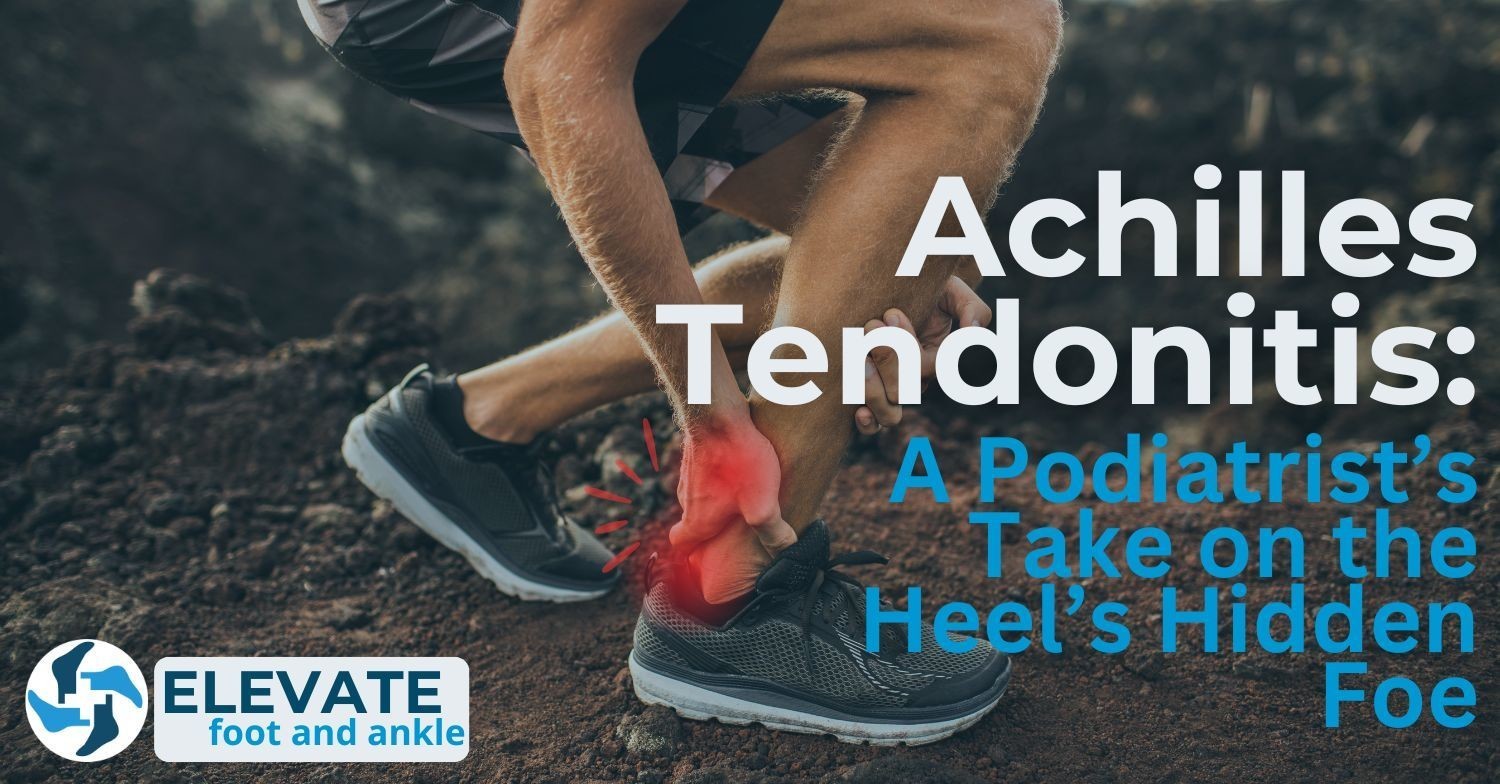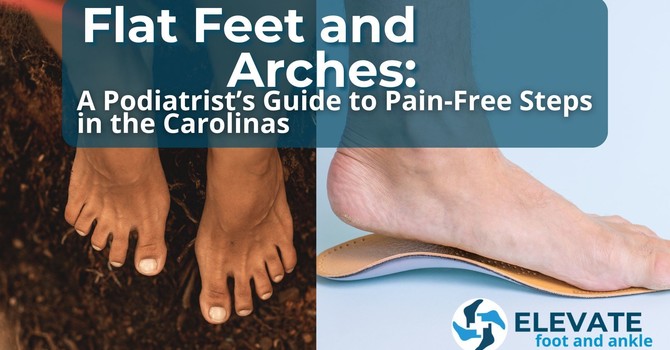
I’ve been a podiatrist long enough to know the Achilles tendon is a quiet warrior—until it’s not. Every spring at Elevate Foot and Ankle, we start seeing a familiar pattern: patients across North and South Carolina get more active with the warmer weather, and then—suddenly—a dull, persistent heel ache sets in.
At first, it’s easy to shrug off. But Achilles tendonitis has a way of creeping in slowly and sticking around longer than you’d expect. Whether it’s hiking in Boone, power-walking in Hilton Head, or working in a warehouse in Columbia, this condition doesn’t discriminate—and once it’s got a grip, it can make every step a struggle.
Understanding Achilles Tendonitis
The Achilles tendon connects your calf muscles to your heel bone. It’s essential for walking, running, and even just standing on your toes. When this tendon becomes inflamed—usually from overuse—it leads to Achilles tendonitis.
Early signs might include:
- Morning stiffness in the heel or lower calf
- A dull ache that worsens with activity
- Pain when climbing stairs or pushing off the ball of the foot
It’s not usually a flashy injury. There’s no bruising, no sudden snap. But it builds—and left unchecked, can progress into a tendon rupture that requires months of recovery.
Common causes include:
- Sudden increases in physical activity
- Poor footwear support
- Tight calf muscles
- Long periods of inactivity followed by intense movement
We see it often in weekend warriors, busy parents, fitness-minded retirees, and even people who are just on their feet all day for work.
What Recovery Looks Like
The good news? Most cases don’t require surgery, and recovery can begin with a few simple steps:
- Rest and activity modification
- Stretching exercises (especially for the calf)
- Ice after activity to reduce inflammation
- Supportive footwear with good heel cushioning
- Anti-inflammatory medication, if appropriate
Telehealth is an excellent fit for managing Achilles tendonitis. In fact, it’s how we care for 100% of our patients at Elevate Foot and Ankle. Through a video visit, I can assess your symptoms, watch how you walk, and guide you through stretches—all without requiring a trip to the office.
This approach is especially helpful for folks living outside metro areas or juggling busy schedules. Follow-up care is just as important as the initial diagnosis. We often check in again after a week or two to adjust the plan, add new stretches, or troubleshoot any ongoing pain.
Why It Matters in the Carolinas
Achilles tendonitis is closely tied to lifestyle—and in NC and SC, we’re lucky to live in a region that encourages movement. From mountain trails and beaches to city sidewalks and pickleball courts, our feet take us places. But they also need time, support, and the right care to keep up.
The key is early attention. What starts as a minor annoyance can become a serious setback if ignored. Fortunately, treatment doesn’t have to be complicated or inconvenient.
Next Steps: Listen to Your Tendon - Contact Elevate Foot and Ankle
If you're noticing heel pain that’s not going away—or getting worse with activity—it may be time to take action. Try stretching your calves daily, swap worn-out shoes for something more supportive, and give yourself a break from high-impact movement.
And if you’re not sure whether it’s serious? That’s where we come in.
At Elevate Foot and Ankle, we specialize in telehealth for patients across North and South Carolina. A quick virtual visit can give you clarity, a plan, and relief—no waiting rooms necessary.
Don’t wait for the pain to get worse—book a virtual visit with Elevate Foot and Ankle today and get a personalized recovery plan started. Relief is just a video call away.
Dr. Thurmond Lanier
Contact Me

